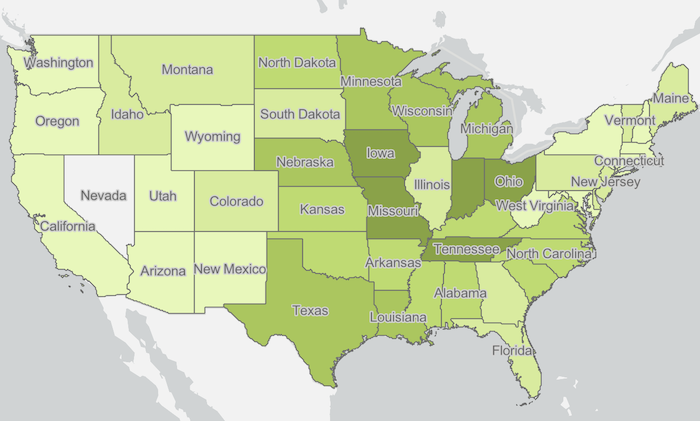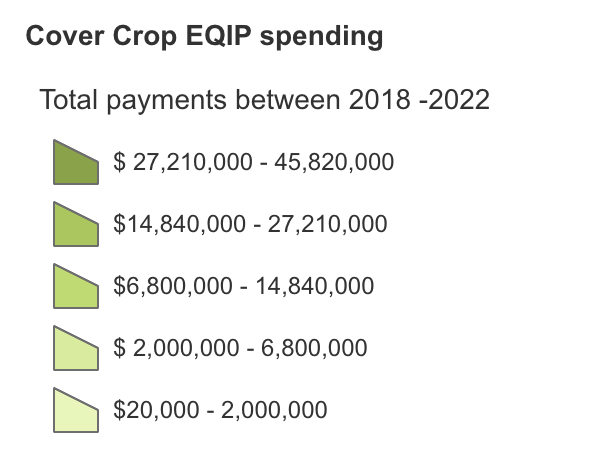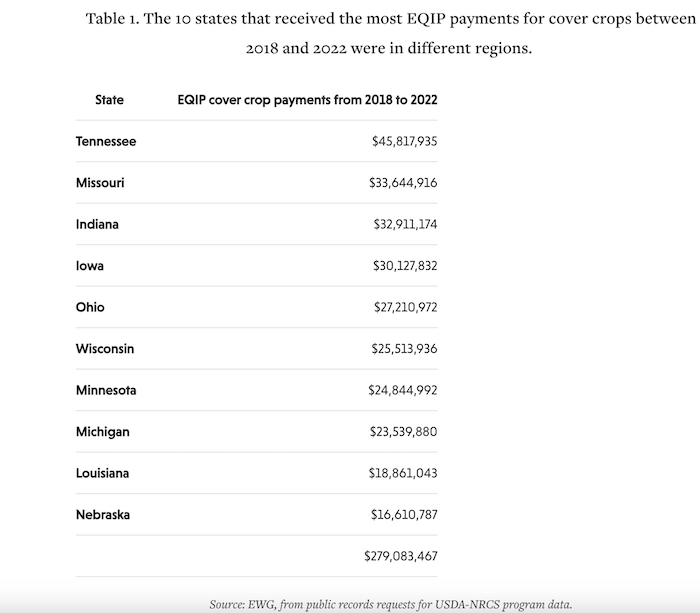Funding Climate-Smart EQIP Practices
The USDA’s Environmental Quality Incentives Program, or EQIP, is one of the four conservation programs that was allocated funding from the IRA. Through an analysis of USDA data received through a Freedom of Information Act request, EWG found that even before the IRA began to be implemented, funding through EQIP for climate-smart practices went to farmers in every state in the country.Between 2018 and 2022, farmers in all 50 states received funding for practices on the USDA Natural Resources Conservation Service’s List of fiscal year 2023 climate-smart practices.Of every EQIP practice funded in the past five years, cover crops have gotten the most money – $448.9 million between 2018 and 2022. This does not include the IRA money that just began to be spent in 2023.Over the past five years, EQIP has sent funding for cover crops to farmers in 49 states. Nevada is the only state where farmers did not receive cover crop funding.






Post a comment
Report Abusive Comment